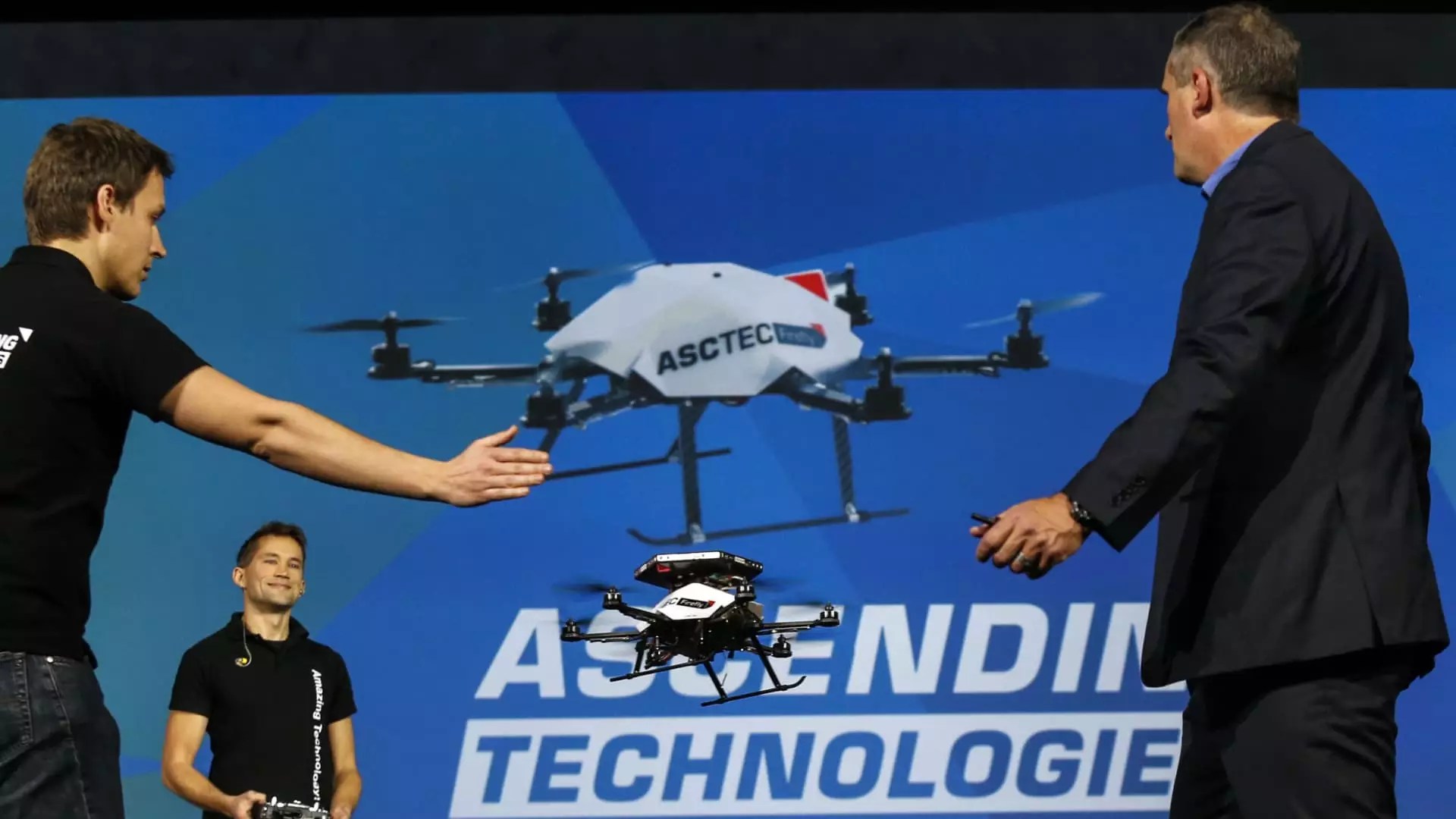Intel’s decision to spin out its artificial intelligence, robotics, and biometric division into a separate entity, named RealSense, signals a notable shift in the tech giant’s strategic direction. Historically, Intel has been synonymous with foundational computing hardware, but this move underscores a new focus: capitalizing on the rapidly evolving automation landscape. By allocating $50 million in Series A funding, Intel signals confidence in the burgeoning market, betting on the transformative potential of physical AI technology. This isn’t a mere restructuring; it’s a statement that Intel recognizes the urgent need to adapt or be left behind in a digital era driven by automation.
What stands out is the company’s willingness to entrust its future to external investors, including MediaTek’s Innovation Fund, indicating a desire to foster innovation outside its own walls. It’s a calculated risk—dividing its resources and influence to embrace the autonomous robotics revolution more aggressively. This move could be viewed as a strategic retreat from traditional hardware, pivoting towards a more nimble, innovation-driven approach to automation tools, which many competitors are aggressively pursuing.
The Implications of RealSense’s Focus on ‘Physical AI’
Nadav Orbach’s characterization of this new venture as “the right timing for physical AI” highlights a broader industry sentiment: that tangible, robotic applications will soon explode in growth. It is a provocative stance that challenges the long-held belief that software AI alone would dominate the future. Instead, RealSense aims to develop hardware-oriented intelligence, emphasizing safety, usability, and real-world deployment.
This focus appears to be a strategic attempt to differentiate from the more nebulous AI hype, channeling efforts into concrete products that serve autonomous industries—ranging from manufacturing to logistics. Given Intel’s recent struggles—cost-cutting, leadership upheaval, and divestments—this pivot could be seen as a necessary recalibration. However, it also stems from a recognition of a larger industry trend where major players like Tesla, Amazon, Nvidia, and Salesforce are pouring resources into robotics and automation. Intel is no longer content to watch from the sidelines; it seeks to carve a chapter in this new AI-powered era.
The Risks of Betting on Automation’s Uncertain Future
Despite the optimism, the venture carries significant risks. The robotics market is riddled with uncertainties—from technological challenges to geopolitical hurdles. With a relatively small team of about 130 employees spread across the U.S., Israel, and China, RealSense’s capacity for innovation and mass deployment remains to be tested. The company’s prior work in 3D vision and its collaborations with hardware manufacturers showcase promise, but translating that into industry-wide safety tools and user-friendly tech on a broad scale is a different challenge entirely.
Furthermore, Intel’s decision to retain only a minority stake indicates a cautious approach, understanding that such disruptive shifts often face setbacks. The broader industry’s enthusiasm for autonomous robots and AI-driven automation might be overestimated, as history has shown that creating reliable, safe, and cost-effective physical AI solutions can take decades, not years. Still, Intel’s move reflects a resolve to participate in what could be one of the most transformative technological upheavals of our time—if they are willing to gamble on the unpredictable, decades-long trajectory of robotics evolution.
Intel’s strategic gamble with RealSense is a bold declaration of intent, but only time will reveal whether this calculated risk translates into industry leadership or becomes a costly misstep buffered by corporate bravado.

